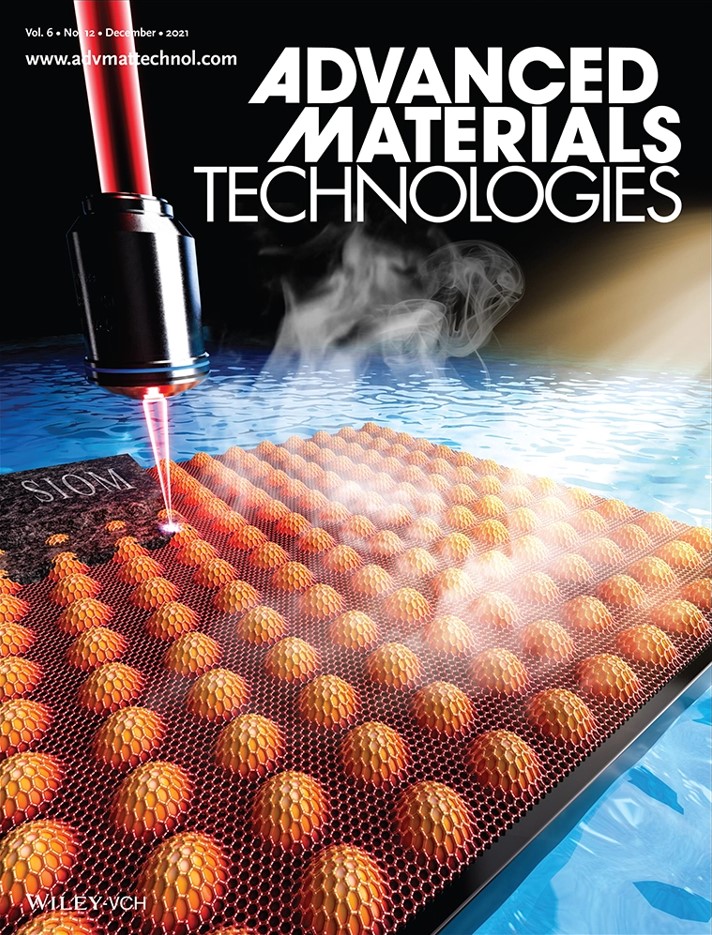
Publication I October 29, 2021
Measuring Influenza A Virus and Peptide Interaction Using Electrically Controllable DNA Nanolevers
Electrically controllable deoxyribonuclic acid (DNA) nanolevers are used to investigate the binding interaction between Influenza A/Aichi/2/1968 and the peptide called “PeB”, which specifically binds the viral surface protein hemagglutinin. PeB is immobilized on gold electrodes of a switchSENSE® biochip by conjugation to DNA-strands that are hybridized to complementary anchors. The surface-tethered DNA strand carries a fluorophore while the complementary strand is a multivalent arrangement carrying up to three PeB peptides. The nanolevers are kept upright (static) by applying a negative potential. Signal read-out for this static measurement mode is the change in fluorescence intensity due to changes in the local environment of the dye upon binding. Measurements of virus-peptide interaction show that the virus material specifically binds to the immobilized peptides and remains bound throughout the measurement time. Immobilized viruses are subsequently used as ligands to characterize oligovalent peptide binding to hemagglutinin, revealing rate constants of the interaction. Moreover, three Influenza A subtypes are compared in their binding behavior. Overall, this paper shows the ability to immobilize virus material on a sensor surface, which allows to target virus-proteins in their native environment. The switchSENSE® method is therefore applicable to characterize virus-receptor interactions.
https://doi.org/10.1002/admt.202101141